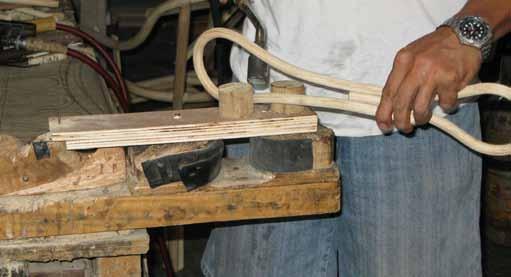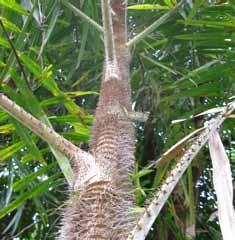
2 minute read
SUMMARY: TOP 10 FINDINGS OF THIS STUDY
Summary Top ten findings of this study
1. Common to all three sub-sectors are the problems associated with unstable and complicated policies that make compliance difficult, cumbersome and costly. This results in opportunities for bribe-taking and corruption. Delays in Resources Utilization
Advertisement
Permits (RUP) approval are also a usual occurrence because of a highly centralized permitting system.
2. Linkages among the different actors of the value chain are informal and tend to be dominated by the traders and processors, with the raw material suppliers having very limited access to market information.
3. Quality standards are generally lacking. Producers do not employ advanced silvicultural techniques to improve the timber stand while processors do not use the latest technologies to improve process efficiency and to upgrade end-product quality.
4. Plantation wood, rattan and bamboo industries in Leyte Island are not included in any of the priority programs of government designed to promote products and expand market opportunities.
5. Among the three forest-based materials, plantation wood offers the greatest potential to improve the lives of farmers in Leyte. The more developed state of tree plantations in Leyte is an advantage over those of rattan and bamboo as it insures long-term supply. The wider spectrum of products from wood and their general acceptability to consumers provides more stable markets, and farmers can readily have access to information and technical assistance from government agencies and other enabling institutions on plantation wood.
6. Almost one third of the value generated along the wood and rattan value chains disappears in so-called undocumented “special operational payments”. This has major negative effects on the income of farmers involved in wood and rattan harvesting.
7. Policies regarding wood and rattan harvesting and transporting are complex and contradicting. Therefore, there is not only a lack of understanding, knowledged of processes and their rights and responsibilities on the side of farmers, traders and processors but also on the side of the local executive authority.
8. Application and permitting process takes long which – in combination with poor product quality (insufficiently dried logs) – tempts applicants to shortcut the process through bribes and grease money to avoid further degradation and devaluation of the product.
9. People’s Organizations lack information on market prices and are sometimes restricted to sell to traders which are recommended by the Environmental Officers who negotiates on their behalf. Farmers prefer the less profitable stumpages sale so that the traders have to shoulder the permitting costs.
10. Monitoring of application and permitting processes is insufficient and no adequate reporting system is in place.





